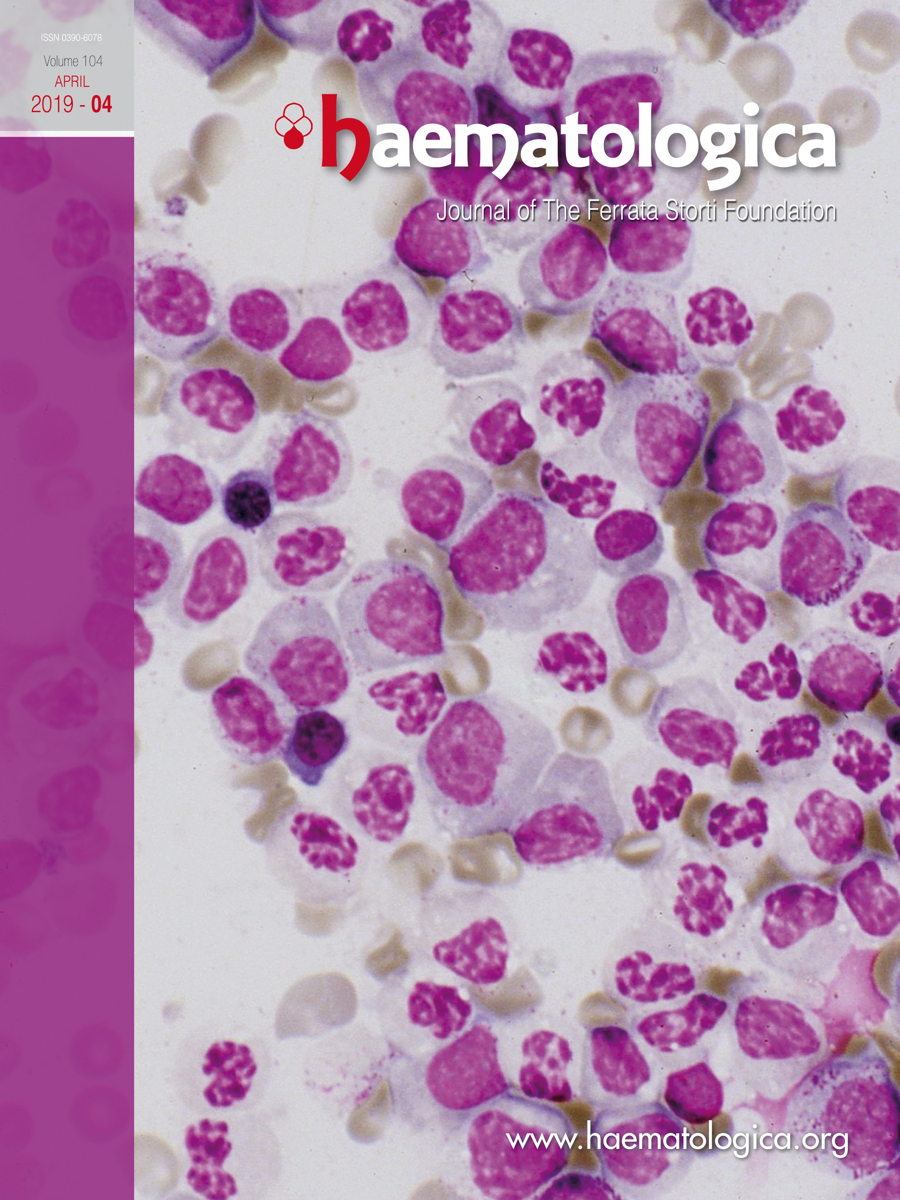|
Authors
Recasens-Zorzo, Clara; Cardesa-Salzmann, Teresa; Petazzi, Paolo; Ros-Blanco, Laia ; Esteve-Arenys, Anna; Clot, Guillem; Guerrero-Hernandez, Martina; Rodriguez, Vanina; Soldini, Davide; Valera, Alexandra; Moros, Alexandra; Climent, Fina; Gonzalez-Barca, Eva; Mercadal, Santiago; Arenillas, Leonor; Calvo, Xavier; Mate, Jose Luis; Gutierrez-Garcia, Gonzalo; Casanova, Isolda; Mangues, Ramon; Sanjuan-Pla, Alejandra; Bueno, Clara; Menendez, Pablo; Martinez, Antonio; Colomer, Dolors; Estrada-Tejedor, Roger ; Esteve-Arenys, Anna; Clot, Guillem; Guerrero-Hernandez, Martina; Rodriguez, Vanina; Soldini, Davide; Valera, Alexandra; Moros, Alexandra; Climent, Fina; Gonzalez-Barca, Eva; Mercadal, Santiago; Arenillas, Leonor; Calvo, Xavier; Mate, Jose Luis; Gutierrez-Garcia, Gonzalo; Casanova, Isolda; Mangues, Ramon; Sanjuan-Pla, Alejandra; Bueno, Clara; Menendez, Pablo; Martinez, Antonio; Colomer, Dolors; Estrada-Tejedor, Roger ; Teixido, Jordi ; Teixido, Jordi ; Campo, Elias; Lopez-Guillermo, Armando; Borrell, Jose Ignacio ; Campo, Elias; Lopez-Guillermo, Armando; Borrell, Jose Ignacio ; Colomo, Luis; Perez-Galan, Patricia; Roue, Gael ; Colomo, Luis; Perez-Galan, Patricia; Roue, Gael
|
Abstract
Constitutive activation of the chemokine receptor CXCR4 has be en associated with tumor progression, invasion, and chemotherapy resistance in different cancer subtypes. Although the CXCR4 pathway has recently been suggested as an adverse prognostic marker in diffuse large B-cell lymphoma, its biological relevance in this disease remains underexplored. In a homogeneous set of 52 biopsies from patients, an antibody-based cytokine array showed that tissue levels of CXCL12 correlated with high microvessel density and bone marrow involvement at diagnosis, supporting a role for the CXCL12-CXCR4 axis in disease progression. We then identified the tetra-amine IQS-01.01RS as a potent inverse agonist of the receptor, preventing CXCL12-mediated chemotaxis and triggering apoptosis in a panel of 18 cell lines and primary cultures, with superior mobilizing properties in vivo than those of the standard agent. IQS-01.01RS activity was associated with downregulation of p-AKT, p-ERK1/2 and destabilization of MYC, allowing a synergistic interaction with the bromodomain and extra-terminal domain inhibitor, CPI203. In a xenotransplant model of diffuse large B-cell lymphoma, the combination of IQS-01.01RS and CPI203 decreased tumor burden through MYC and p-AKT downregulation, and enhanced the induction of apoptosis. Thus, our results point out an emerging role of CXCL12-CXCR4 in the pathogenesis of diffuse large B-cell lymphoma and support the simultaneous targeting of CXCR4 and bromodomain proteins as a promising, rationale-based strategy for the treatment of this disease.
|

WoS
Scopus
Altmetrics
  
|
